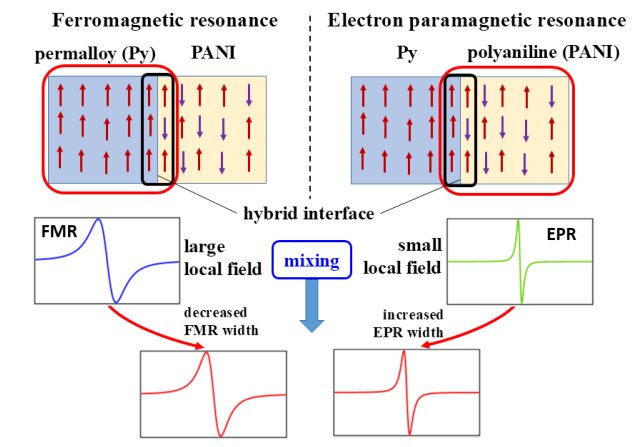THE LATEST
Breakthrough in spin current observations from organic semiconductors

A research group led by Osaka Metropolitan University in Japan has made a groundbreaking discovery in spintronics, a significant technological advancement. Spin currents, essential for the development of next-generation memory devices and other technological innovations, have garnered attention for their transformative potential in electronic devices. The recent findings provide valuable insights into the characteristics and possibilities of spin currents, revitalizing the field of spintronics.
The study, directed by Professor Katsuichi Kanemoto from OMU's Graduate School of Science, aimed to explore the nature of spin currents by designing a multilayer device that combines a ferromagnetic layer with an organic semiconductor material. Notably, the researchers adopted a doped conducting polymer characterized by a long spin relaxation time, enabling them to observe the effects of spin transport and the generation of spin currents from the non-magnetic side of the organic semiconductor.
This innovative approach promises increased efficiency in spintronics and facilitates the direct observation of phenomena related to spin current generation within the organic layer—something previously unattainable. The team's findings challenge a prevailing theory by revealing that utilizing the organic semiconductor with a long spin relaxation time slightly narrows the ferromagnetic resonance measurements for the spin current supplier layer, contrary to earlier expectations.
"The use of the organic semiconductor allows us to investigate physical properties from the non-magnetic layer side, an area that lacked information until now," explains Professor Kanemoto. "Our work is expected to deepen our understanding of the properties of spin currents."
This pioneering research has been published in the journal Advanced Electronic Materials. The publication, titled "Spin Current Generation at the Hybrid Ferromagnetic Metal/Organic Semiconductor Interface as Revealed by Multiple Magnetic Resonance Techniques," details the team's intricate findings and their potential implications for future technological advancements.
The research received partial support from the JSPS Kakenhi grant and contributions from Idemitsu Kosan Co. Ltd., as acknowledged by the authors. This interdisciplinary and collaborative study reflects a concerted effort to enhance our understanding of spin currents and their possible applications.
The groundbreaking work opens up numerous opportunities for the future of spintronics, paving the way for further exploration and development in the field. The findings represent a significant milestone in our comprehension of spin currents and hold promise for the advancement of memory devices and other electronic applications.
Furthermore, the study's optimistic implications align with the United Nations Sustainable Development Goals (SDGs), highlighting the importance of scientific research in contributing to global prosperity.
This breakthrough marks a pivotal moment in the journey toward harnessing spin currents for transformative technological applications. As researchers worldwide continue to push the boundaries of spintronics, the future holds immense potential for integrating these discoveries into our daily lives, offering a bright outlook for the ever-evolving landscape of technology and innovation.
